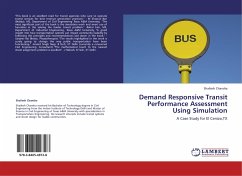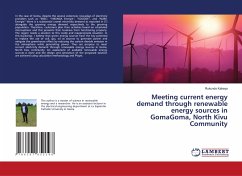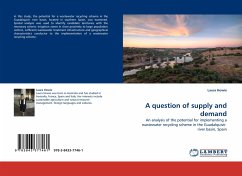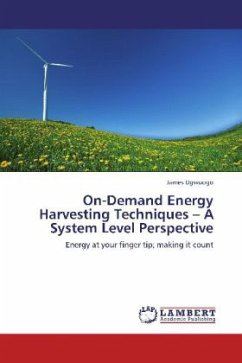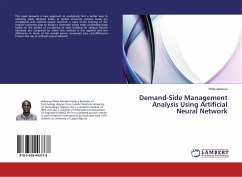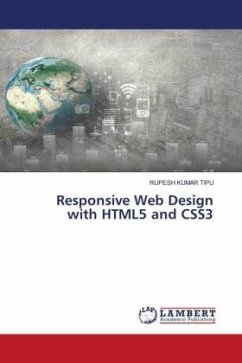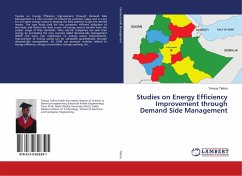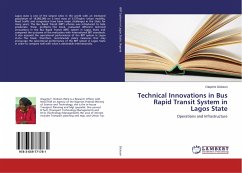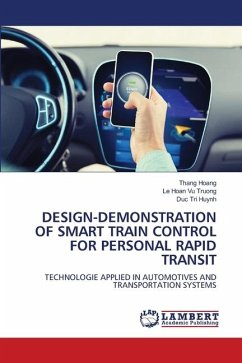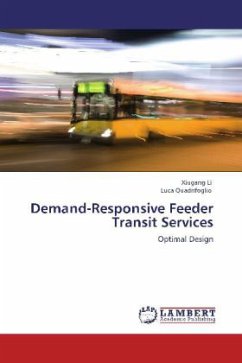
Demand-Responsive Feeder Transit Services
Optimal Design
Versandkostenfrei!
Versandfertig in 6-10 Tagen
32,99 €
inkl. MwSt.

PAYBACK Punkte
16 °P sammeln!
The general public considers Fixed-Route Transit (FRT) to be inconvenient while Demand-Responsive Transit (DRT) provides much of the desired flexibility with a door-to-door type of service. However, FRT is typically more cost efficient than DRT to deploy. Therefore, there is an increased interest in flexible transit services that combine FRT and pure DRT. The demand-responsive feeder transit is a flexible transit service that operates in a demand-responsive fashion within a service area and moves customers to/from a transfer point connecting to a FRT network. This book provides analytical mode...
The general public considers Fixed-Route Transit (FRT) to be inconvenient while Demand-Responsive Transit (DRT) provides much of the desired flexibility with a door-to-door type of service. However, FRT is typically more cost efficient than DRT to deploy. Therefore, there is an increased interest in flexible transit services that combine FRT and pure DRT. The demand-responsive feeder transit is a flexible transit service that operates in a demand-responsive fashion within a service area and moves customers to/from a transfer point connecting to a FRT network. This book provides analytical models, validated by simulation, to design the system. Feeder transit services are generally operated with a demand-responsive policy which might be converted to a traditional fixed-route policy for higher demand. We provide analytical modeling to help planners and operators choose the policy. Then we address the problem faced by planners in determining the optimal number of zones for dividing aservice area. Finally we develop a real-case application. This book is useful to transportation planners, engineers and researchers.



